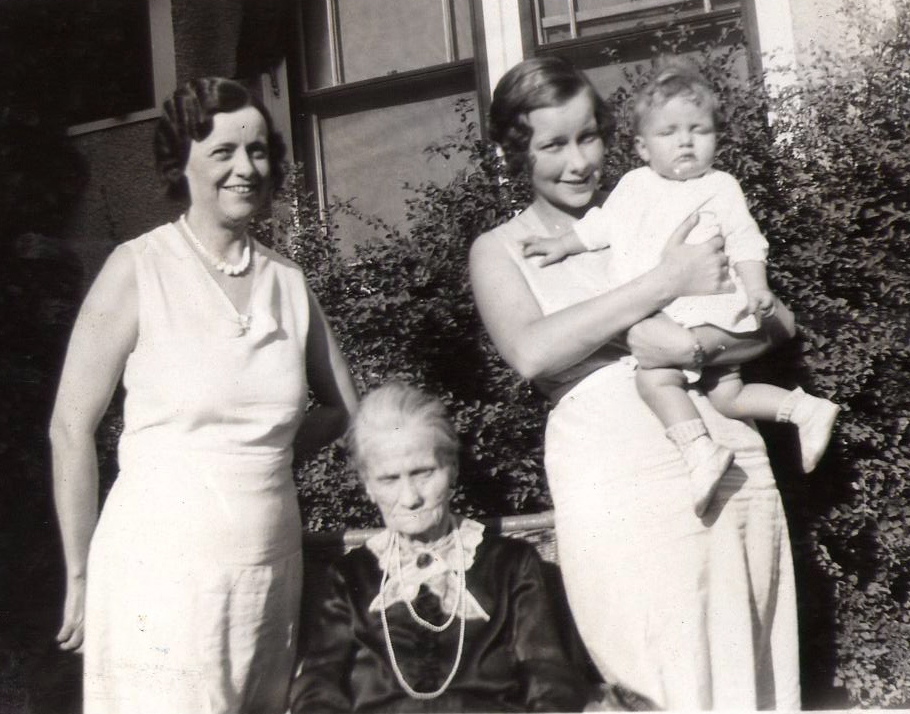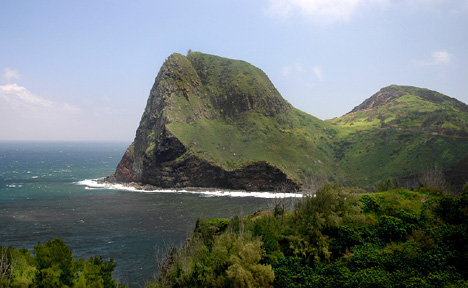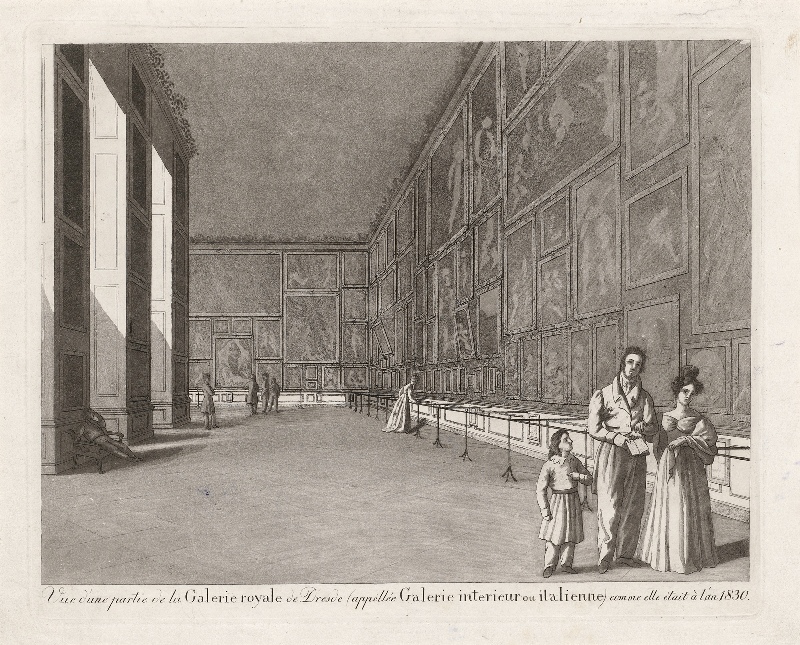|
Amalia D'Este
Amalia Giuseppina d'Este (28 July 1699 – 5 July 1778) was an Italian noblewoman and Duchy of Modena and Reggio, princess of Modena and Reggio by birth. She served as Regent of the Duchy of Modena and Reggio in October-December 1737 during the absence of her brother Francesco III. Biography Amalia was the daughter of the Duke Rinaldo d'Este (1655–1737), Rinaldo d'Este and Duchess Charlotte of Brunswick-Lüneburg, daughter of John Frederick, Duke of Brunswick-Calenberg. One of seven children, she was the second daughter of the family. Her parents' marriage had required papal dispensation because of the close interrelationships of the ducal families of Brunswick and Modena. Her mother died in 1710 after giving birth to a dead daughter, leaving five small children behind. Amalia grew up in the Ducal Palace of Modena alongside her siblings Benedetta d'Este, Benedetta, Francesco III d'Este, Duke of Modena, Francesco, Gian Federico (who died young) and Enrichetta d'Este, Enrichetta ... [...More Info...] [...Related Items...] OR: [Wikipedia] [Google] [Baidu] |
Rosalba Carriera
Rosalba Carriera (12 January 1673 – 15 April 1757) was an Italians, Italian Rococo painter. In her younger years, she specialized in portrait miniatures. Carriera would later become known for her pastel portraits, helping popularize the medium in eighteenth-century Europe. She is remembered as one of the most successful women artists of any era. Biography Carriera was born in Venice to Andrea Carriera, a lawyer, and Alba Foresti, an embroiderer and lacemaker. With her mother and sisters, Rosalba engaged in lace-making and other crafts. Her reasons for establishing her own studio as an artist remain unknown. An early biographer, Pierre-Jean Mariette, suggested that when the lace industry began to falter, Carriera had to find a new means of providing for herself and her family. The popularity of snuff (tobacco), snuff-taking gave her an opportunity. Carriera began painting Miniature (illuminated manuscript), miniatures for the lids of Decorative boxes, snuff-boxes and as indepen ... [...More Info...] [...Related Items...] OR: [Wikipedia] [Google] [Baidu] |
Dresden
Dresden (; ; Upper Saxon German, Upper Saxon: ''Dräsdn''; , ) is the capital city of the States of Germany, German state of Saxony and its second most populous city after Leipzig. It is the List of cities in Germany by population, 12th most populous city of Germany, the fourth largest by area (after Berlin, Hamburg, and Cologne), and the third-most populous city in the area of former East Germany, after Berlin and Leipzig. Dresden's urban area comprises the towns of Freital, Pirna, Radebeul, Meissen, Coswig, Saxony, Coswig, Radeberg, and Heidenau and has around 790,000 inhabitants. The Dresden metropolitan area has approximately 1.34 million inhabitants. Dresden is the second largest city on the River Elbe after Hamburg. Most of the city's population lives in the Dresden Basin, Elbe Valley, but a large, albeit very sparsely populated, area of the city east of the Elbe lies in the West Lusatian Hill Country and Uplands (the westernmost part of the Sudetes) and thus in Lusatia. ... [...More Info...] [...Related Items...] OR: [Wikipedia] [Google] [Baidu] |
Daughters Of Dukes
A daughter is a female offspring; a girl or a woman in relation to her parents. Daughterhood is the state, condition or quality of being someone's daughter. The male counterpart is a son. Analogously the name is used in several areas to show relations between groups or elements. From biological perspective, a daughter is a first degree relative. The word daughter also has several other connotations attached to it, one of these being used in reference to a female descendant or consanguinity. It can also be used as a term of endearment coming from an elder. In patriarchal societies, daughters often have different or lesser familial rights than sons. A family may prefer to have sons rather than daughters and subject daughters to female infanticide. In some societies, it is the custom for a daughter to be 'sold' to her husband, who must pay a bride price. The reverse of this custom, where the parents pay the husband a sum of money to compensate for the financial burden of the woma ... [...More Info...] [...Related Items...] OR: [Wikipedia] [Google] [Baidu] |
18th-century Italian Women
The 18th century lasted from 1 January 1701 (represented by the Roman numerals MDCCI) to 31 December 1800 (MDCCC). During the 18th century, elements of Enlightenment thinking culminated in the Atlantic Revolutions. Revolutions began to challenge the legitimacy of monarchical and aristocratic power structures. The Industrial Revolution began mid-century, leading to radical changes in human society and the environment. The European colonization of the Americas and other parts of the world intensified and associated mass migrations of people grew in size as part of the Age of Sail. During the century, slave trading expanded across the shores of the Atlantic Ocean, while declining in Russia and China. Western historians have occasionally defined the 18th century otherwise for the purposes of their work. For example, the "short" 18th century may be defined as 1715–1789, denoting the period of time between the death of Louis XIV of France and the start of the French Revolution ... [...More Info...] [...Related Items...] OR: [Wikipedia] [Google] [Baidu] |
Nobility From Modena
Nobility is a social class found in many societies that have an aristocracy. It is normally appointed by and ranked immediately below royalty. Nobility has often been an estate of the realm with many exclusive functions and characteristics. The characteristics associated with nobility may constitute substantial advantages over or relative to non-nobles or simply formal functions (e.g., precedence), and vary by country and by era. Membership in the nobility, including rights and responsibilities, is typically hereditary and patrilineal. Membership in the nobility has historically been granted by a monarch or government, and acquisition of sufficient power, wealth, ownerships, or royal favour has occasionally enabled commoners to ascend into the nobility. There are often a variety of ranks within the noble class. Legal recognition of nobility has been much more common in monarchies, but nobility also existed in such regimes as the Dutch Republic (1581–1795), the Republic of Ge ... [...More Info...] [...Related Items...] OR: [Wikipedia] [Google] [Baidu] |
18th-century Italian Nobility
The 18th century lasted from 1 January 1701 (represented by the Roman numerals MDCCI) to 31 December 1800 (MDCCC). During the 18th century, elements of Age of Enlightenment, Enlightenment thinking culminated in the Atlantic Revolutions. Revolutions began to challenge the legitimacy of monarchical and aristocratic power structures. The Industrial Revolution began mid-century, leading to radical changes in Society, human society and the Natural environment, environment. The European colonization of the Americas and other parts of the world intensified and associated mass migrations of people grew in size as part of the Age of Sail. During the century, History of slavery, slave trading expanded across the shores of the Atlantic Ocean, while declining in Russian Empire, Russia and Qing dynasty, China. Western world, Western historians have occasionally defined the 18th century otherwise for the purposes of their work. For example, the "short" 18th century may be defined as 1715� ... [...More Info...] [...Related Items...] OR: [Wikipedia] [Google] [Baidu] |
1778 Deaths
Events January–March * January 18 – Third voyage of James Cook: Captain James Cook, with ships HMS ''Resolution'' and HMS ''Discovery'', first views Oʻahu then Kauaʻi in the Hawaiian Islands of the Pacific Ocean, which he names the ''Sandwich Islands''. * February 5 – In the United States: **South Carolina becomes the first state to ratify the Articles of Confederation. **General John Cadwalader shoots and seriously wounds Major General Thomas Conway in a duel after a dispute between the two officers over Conway's continued criticism of General George Washington's leadership of the Continental Army.''Harper's Encyclopaedia of United States History from 458 A. D. to 1909'', ed. by Benson John Lossing and, Woodrow Wilson (Harper & Brothers, 1910) p166 * February 6 – American Revolutionary War: In Paris, the Treaty of Alliance and the Treaty of Amity and Commerce are signed by the United States and France, signaling official French recognit ... [...More Info...] [...Related Items...] OR: [Wikipedia] [Google] [Baidu] |
1699 Births
Events January–March * January 5 – A violent earthquake damages the city of Batavia on the Indonesian island of Java, killing at least 28 people. * January 20 – The Parliament of England (under Tory dominance) limits the size of the country's standing army to 7,000 'native born' men; hence, King William III's Dutch Blue Guards cannot serve in the line. By an Act of February 1, it also requires disbandment of foreign troops in Ireland. * January 26 – The Republic of Venice, Polish–Lithuanian Commonwealth and Holy Roman Empire sign the Treaty of Karlowitz with the Ottoman Empire, marking an end to the major phase of the Ottoman–Habsburg wars. The treaty marks a major geopolitical shift, as the Ottoman Empire subsequently abandons its expansionism and adopts a defensive posture while the Habsburg monarchy expands its influence. * February 4 – A group of 350 rebels in the Streltsy Uprising are executed in Moscow. * March 2 – '' The Edinburgh Gazette'' is f ... [...More Info...] [...Related Items...] OR: [Wikipedia] [Google] [Baidu] |
House Of Este
The House of Este ( , , ) is a European dynasty of North Italian origin whose members ruled parts of Italy and Germany for many centuries. The original House of Este's elder branch, which is known as the House of Welf, included dukes of Bavaria and of Brunswick. This branch produced Britain's Hanoverian monarchs, as well as one Emperor of Russia ( Ivan VI) and one Holy Roman Emperor ( Otto IV). The original House of Este's younger branch, which is simply called the House of Este, included rulers of Ferrara (1240–1597), and of Modena (900–1859) and Reggio (1288–1796). This branch's male line became extinct with the death of Ercole III in 1803. Origins According to Edward Gibbon, the family originated from the Roman Attii family, which migrated from Rome to EsteThe miscellaneous Works of Edward Gibbon Vol 3 page 172 to defend Italy against the Ostrogoths. However, there is little evidence to support this hypothesis. The names of the early members of the family indicate ... [...More Info...] [...Related Items...] OR: [Wikipedia] [Google] [Baidu] |
Charles Emmanuel III Of Sardinia
Charles Emmanuel III (27 April 1701 – 20 February 1773) was Duke of Savoy, King of Sardinia and ruler of the Savoyard states from his father's abdication on 3 September 1730 until his death in 1773. He was the paternal grandfather of the last three mainline kings of Sardinia. In the War of the Polish Succession, he initially gained Lombardy but later ceded it for smaller territorial gains. During the War of the Austrian Succession, he defended Piedmont against a Franco-Spanish army, winning the Battle of Assietta. The Treaty of Aix-la-Chapelle restored lost lands and expanded his territory. He strengthened ties with Spain through marriage alliances. He chose not to get involved in the Seven Years War and instead focused on administrative reforms and maintaining a well-disciplined army. Biography Early life Charles Emmanuel was born in Turin to Victor Amadeus II of Savoy and his first wife the French Anne Marie d'Orléans. His maternal grandparents were Prince Phili ... [...More Info...] [...Related Items...] OR: [Wikipedia] [Google] [Baidu] |
Russo-Turkish War (1735–1739)
The Russo-Turkish War of 1735–1739 between Russia and the Ottoman Empire was caused by the Ottoman Empire's war with Persia and the continuing raids by the Crimean Tatars. The war also represented Russia's ongoing struggle for access to the Black Sea. In 1737, the Habsburg monarchy joined the war on Russia's side, known in historiography as the Austro-Turkish War of 1737–1739. Russian diplomacy before the war By the outbreak of the Russo-Turkish War, Russia had successfully secured a favorable international situation. This was achieved through the signing of treaties with the Persian Empire from 1732 to 1735 (which was engaged in a conflict with the Ottoman Empire from 1730 to 1735) and by supporting the accession of Augustus III to the Polish throne in 1735, instead of Stanislaw Leszczynski, who had been nominated by pro-Ottoman France. Austria had been Russia's ally since 1726. Initial stage of the war in 1735–1736 The casus belli was the raids of the Crimean Tatars ... [...More Info...] [...Related Items...] OR: [Wikipedia] [Google] [Baidu] |
Gemäldegalerie Alte Meister
The (, ''Old Masters Gallery'') in Dresden, Germany, displays around 750 paintings from the 15th to the 18th centuries. It includes major Italian Renaissance painting, Italian Renaissance works as well as Dutch Golden Age painting, Dutch and Flemish paintings. Outstanding works by German art, German, French art, French, and Spanish art, Spanish painters of the period are also among the gallery's attractions. The Old Masters are part of the Staatliche Kunstsammlungen Dresden, Dresden State Art Collections. The collection is located in the Semper Gallery, the gallery wing of the Zwinger (Dresden), Zwinger. History When the ''Kunstkammer'' (Art Chamber) of the List of rulers of Saxony, Electors of Saxony in Dresden was founded by Augustus, Elector of Saxony in 1560, paintings were subordinate to collectors' pieces from science, other art works and curiosities.Harald Marx: . E. A. Seemann, Leipzig, 3. Aufl., 2006, , pp. 8–17. It was not until the beginning of the 18th centu ... [...More Info...] [...Related Items...] OR: [Wikipedia] [Google] [Baidu] |









